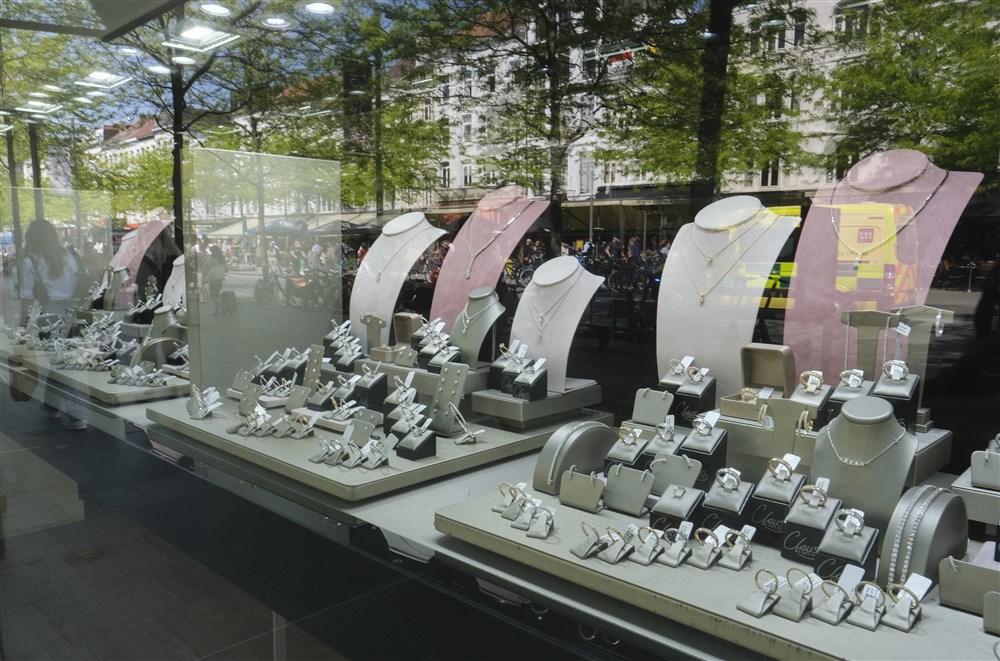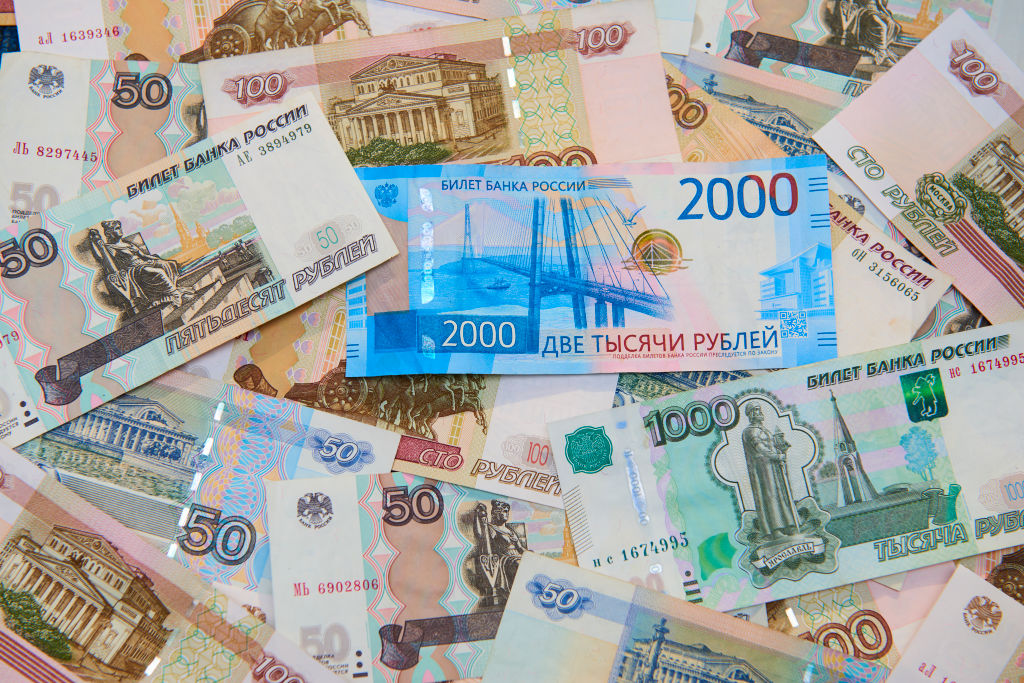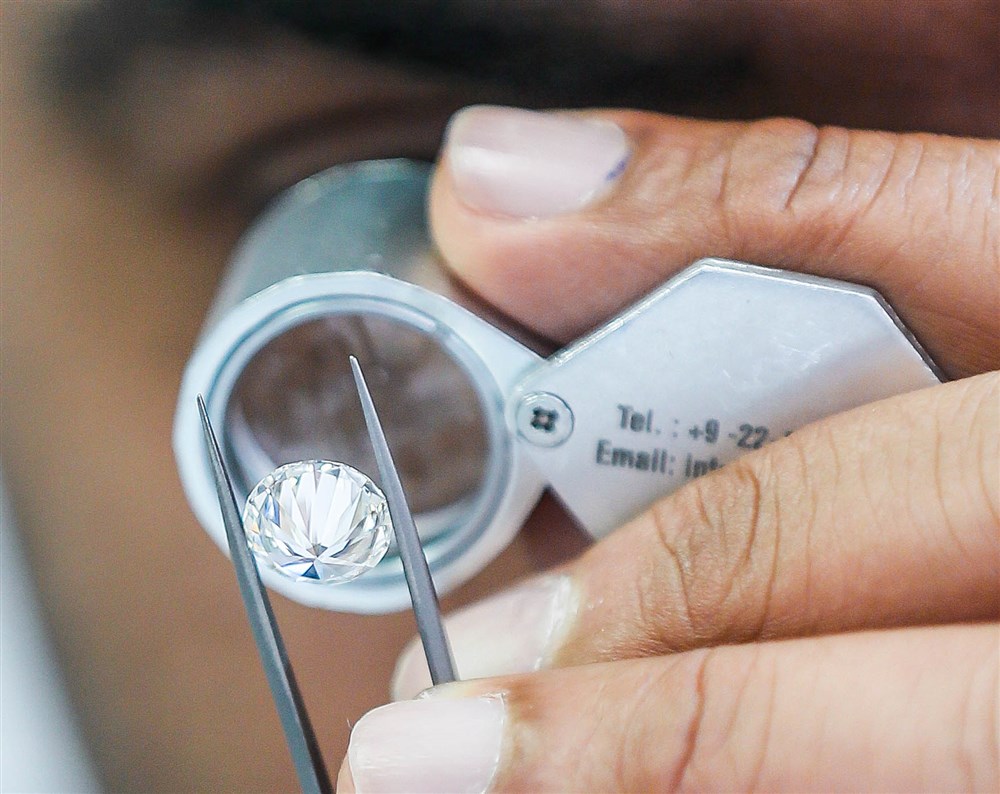Belgian Prime Minister Alexander De Croo is trying to convince the diamond industry to take the last step in removing Russian diamonds from the international market.
Until now, there have been no sanctions on diamonds from Russia, a sensitive topic as profits are believed to be used by Moscow to help finance the war against Ukraine.
Blocking Russian diamonds has proved difficult because any import ban could easily be circumvented by third parties, such as India or countries in the Middle East, for example.
As a result, such an embargo could possibly hurt countries implementing it on Russian diamonds more than Russia itself.
A system is needed to trace the origin of the precious stones on international markets, many have said. Now, after more than a year and a half of war, such a procedure looks to be finally on the verge of being introduced.
Belgium, a major diamond-trading hub and a crucial actor in the debate, is taking the lead to bring in the change in a matter of months.
On the eve of the 78th session of the United Nations General Assembly, De Croo invited stakeholders to the residence of the Belgian Consul General in New York, to push ahead with a ban on Russian diamonds.
The Prime Minister stressed: “Russian diamonds now symbolise war and human rights violations. Making the system fully transparent requires significant work that we must do together.
“Let’s take this final step to complete the system by January 2024.”
Belgium has long demanded an international solution to the problem of proof of origin and turned towards the G7, the group of rich industrialised countries, for a framework.
Belgium’s resistance to a European ban caused anger in Kyiv but Brussels had always preferred an international solution over a purely European one.
The new traceability protocol with public registration would be based on various control mechanisms, including the Kimberley Process Certification Scheme. That international method was established in 2003 to curb the flow of conflict diamonds or “blood diamonds” into the global market.
The new protocol is akin to the Swift system in the financial sector. Swift facilitates international communication in payment transactions, ensuring the reliable identification of banks, customers, transferred amounts and accounts.
Ideally, the new scheme should cause Russian diamonds to be ditched in favour of those from Africa or elsewhere.
Diamond tracing already exists to a large degree in practice. In Antwerp, the diamond capital of the world since the 16th Century, each stone undergoes a physical evaluation to determine its value.
Furthermore, its history is documented through blockchain technology, aided by 3D scans that meticulously capture even the slightest imperfections. For the highest-value diamonds, an imperceptible inscription is etched onto the stone using a laser beam.
With the new public registration system, a rough diamond entering the G7 countries’ markets will need two certificates – one for the rough stone and one for the polished stone.
A poorly implemented ban could have a disproportionate effect in Belgium as about 85 per cent of all rough diamonds in the world pass through Antwerp, and 40 per cent of all industrial diamonds, many from Russia. Daily, more than €205 million worth of diamonds are traded in the city.
Russia is a major producer of diamonds, while G7 countries are the biggest buyers, taking up to 70 per cent of the retail market.
Since March 2022, the price of diamonds has been falling. If the G7 implements the new protocol, Russia will likely lose most of its buyers in one sweep.





